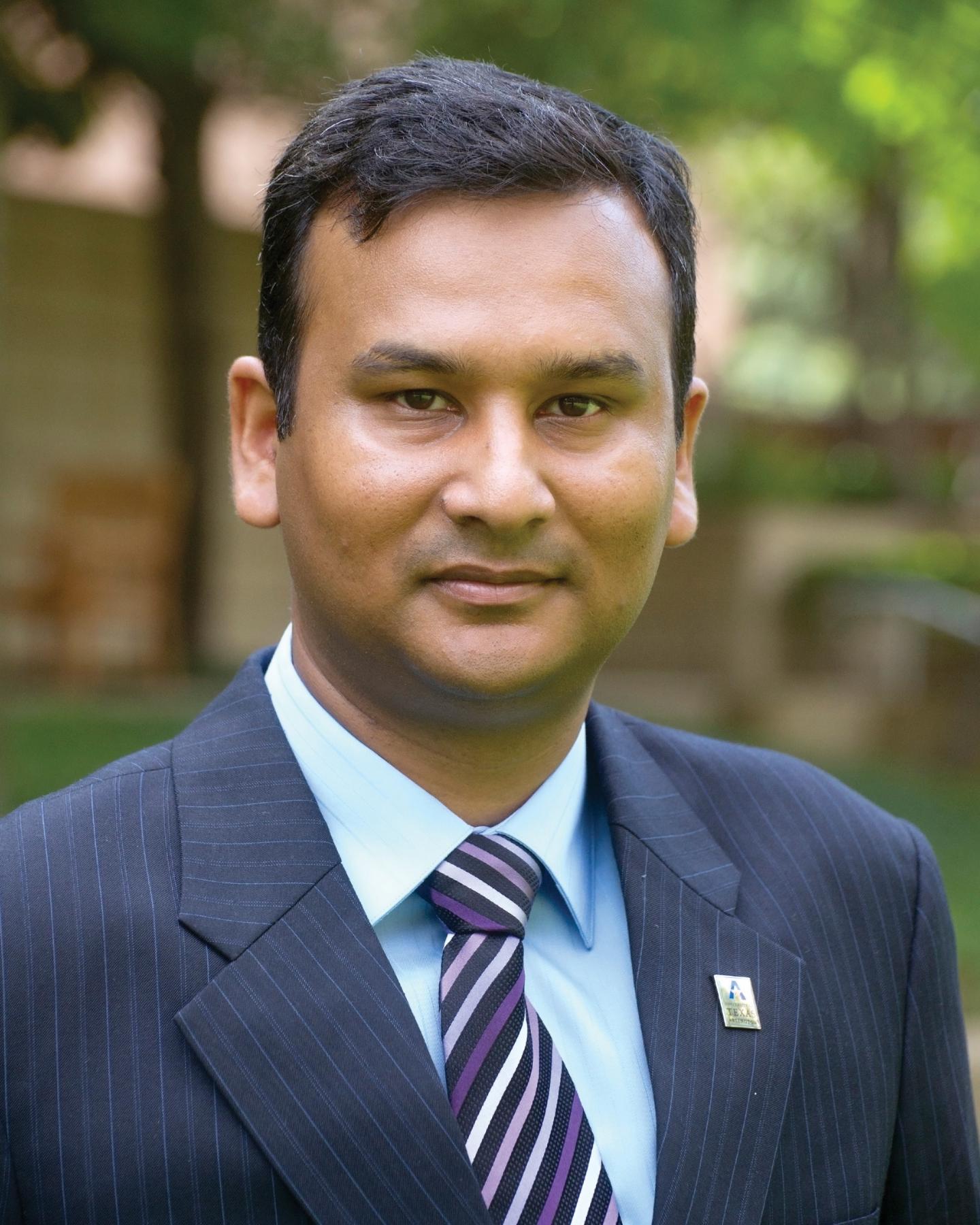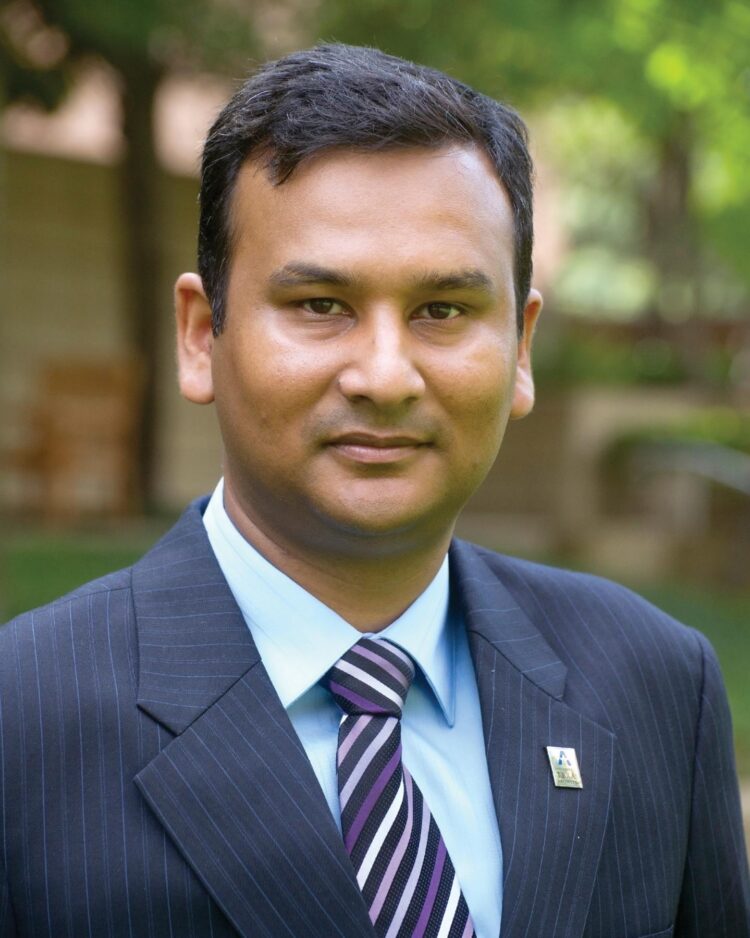A better helmet to protect soldiers in combat

Credit: UT Arlington
A mechanical and aerospace engineering professor at The University of Texas at Arlington is developing advanced helmets to ensure that members of the military are as protected as possible from blasts and other types of attacks.
Ashfaq Adnan received a three-year, $1.5 million Distinguished Fellow Award from the Office of Naval Research (ONR) to develop a process using additive manufacturing, or 3D printing, to build helmets with advanced multi-layer cellular materials.
He and his team will use enhanced polymers and nanomaterials to build these layers, which will consist of complex, optimized structures that, while lightweight, are strong enough to be more effective against impact by absorbing as much energy as possible. Since directed energy always travels in waves, the helmet will include a layer of materials designed to deflect those waves and mitigate their strength, much like stealth technology on aircraft.
The resulting helmets will be lightweight and resistant to blast impacts and directed energy attacks, such as lasers or sound waves. Additionally, sensors built into the layers will alert soldiers if they have suffered potentially damaging exposures.
Once the helmet is complete, Adnan and his team will test it against the gold-standard helmet in use by the military today through his partnership in the Panther Program, a research collaborative hosted by the University of Wisconsin focused on the understanding, detection and prevention of traumatic brain injuries.
“I know what it means to make materials lighter, and the knowledge we’ve gained through our recent research gives us a new perspective on how materials can be applied to helmet design principles to create stronger, lighter, more effective protection for our warfighters,” Adnan said. “We are in a unique position with our in-house capacity to study materials and structures to successfully develop this process and deliver what’s been asked of us.
“I sincerely appreciate ONR for supporting our research. The award will advance our understanding of building advanced protective equipment against improvised and new types of threats that our warfighters routinely face in combat.”
This is Adnan’s third major grant in this area in 2021, totaling more than $3.5 million. In all, he has more than $5 million in active grants, including:
- a three-year, $1.1 million grant from ONR to study “smart” sensing elements for protective equipment in a dynamic environment;
- a nearly $945,000 grant from ONR to study cellular- and tissue-level brain injury; and
- an $831,000 grant from ONR to acquire high-speed camera equipment and a realistic “phantom” head model.
These grants place Adnan’s research group in a unique position to simultaneously study advanced materials, advanced sensors and traumatic brain injury mechanisms. Such capabilities will promote efficient and accelerated integration of the knowledge needed for “smart” helmet design and development.
The inaugural Distinguished Fellow Award is given through a joint effort involving the Navy’s HBCU/MI Program, the Department of Defense HBCU/MI Program and Outreach, and the Office of the Under Secretary of Defense for Research and Engineering (Research, Technology and Laboratories). This year, only six researchers were selected for this highly competitive award.
“At the top of a researcher’s rewards is his or her impact on bettering lives,” said Erian Armanios, chair of the Mechanical and Aerospace Engineering Department. “Dr. Adnan’s holistic approach to designing the next generation of helmets is bound to improve quality and save lives for warfighters in combat, workers in construction sites and athletes in the field of play.”
###
– Written by Jeremy Agor, College of Engineering
Media Contact
Herb Booth
[email protected]
Original Source
https:/





